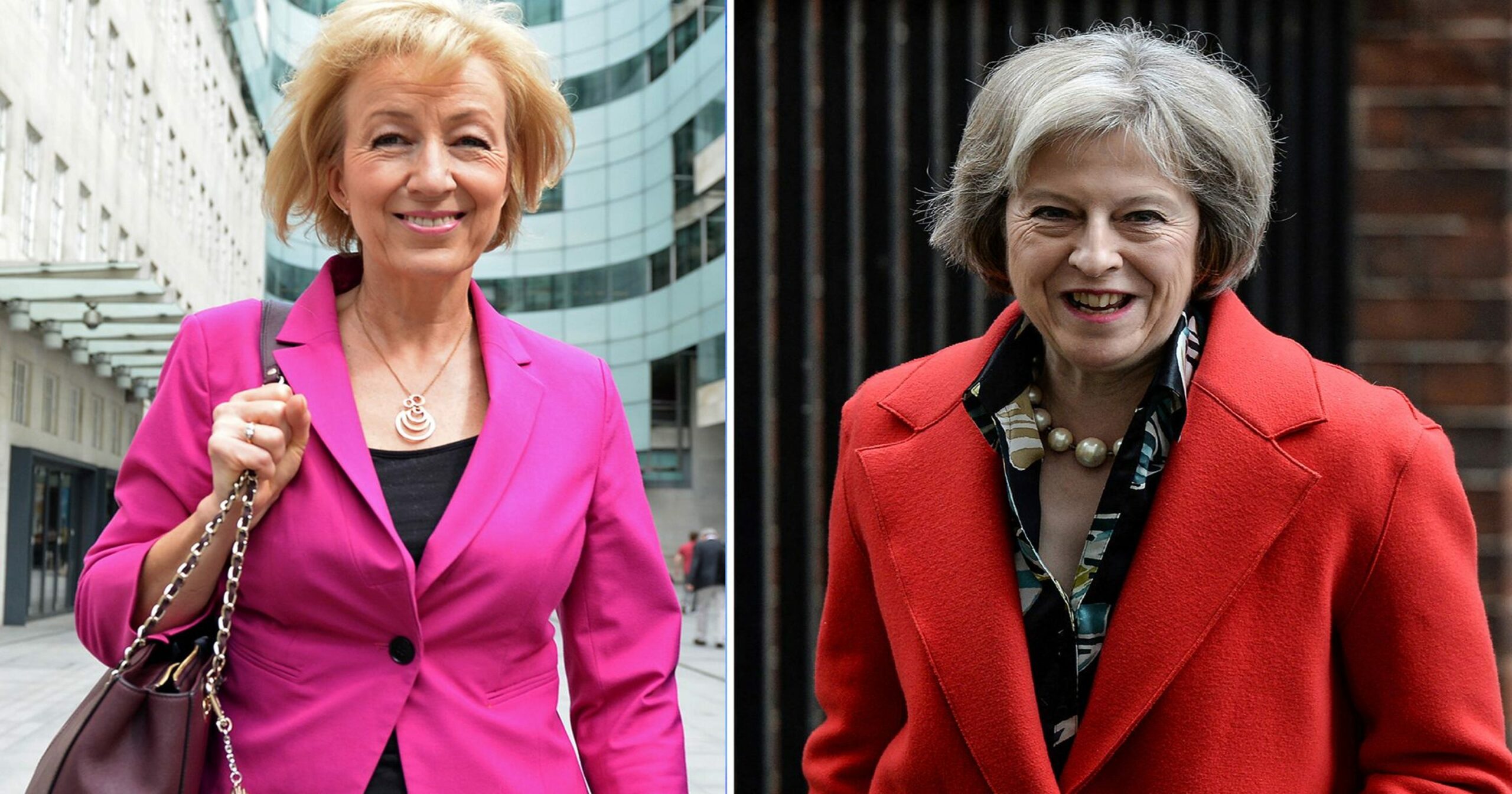Did you know that the first female prime minister in the world was from Sri Lanka? This South Asian country made history in 1960 when Sirimavo Bandaranaike became the first woman to hold the highest political position. Let’s dive deeper into the story of this trailblazing leader and her impact on the world.
Breaking Barriers: The First Female Prime Minister in the World – Which Country Made History?

In 1960, the small island nation of Sri Lanka (then known as Ceylon) made history by electing the world’s first female prime minister, Sirimavo Bandaranaike. Breaking through the glass ceiling of politics, Bandaranaike shattered gender barriers and paved the way for future female leaders around the globe.
Born in 1916, Bandaranaike was raised in a politically active family and was exposed to the world of politics from a young age. Her father, Solomon Dias Bandaranaike, was a prominent member of the Ceylon National Congress and served as a member of the Legislative Council. This early exposure to politics sparked Bandaranaike’s interest, and she went on to study at the prestigious St. Bridget’s Convent in Colombo, where she excelled in academics.
After graduating, Bandaranaike married the influential politician S.W.R.D. Bandaranaike in 1940. Together, they formed the Sri Lanka Freedom Party (SLFP) in 1951, with the vision of creating a more egalitarian and socialist society. The party’s popularity grew, and in 1956, S.W.R.D. Bandaranaike was elected as the country’s prime minister.
However, tragedy struck in 1959 when S.W.R.D. Bandaranaike was assassinated by a Buddhist monk. In the aftermath of her husband’s death, Bandaranaike was urged by her party members to take over the leadership and run for prime minister in the upcoming elections. Despite initial hesitation, she accepted the challenge and became the leader of the SLFP.
In July 1960, Bandaranaike ran for office and won by a landslide, making her the world’s first female prime minister. Her election was met with both excitement and skepticism, as many questioned whether a woman could effectively lead a country. However, Bandaranaike quickly proved her critics wrong and became a popular and influential leader.
During her terms as prime minister, Bandaranaike implemented various social and economic reforms, including free education and healthcare for all citizens. She also focused on improving the lives of rural and marginalized communities, promoting gender equality, and strengthening Sri Lanka’s relationships with other countries.
Bandaranaike’s leadership was not without challenges, as she faced opposition from traditionalists and the male-dominated political scene. However, she remained steadfast in her beliefs and continued to break barriers for women in politics.
In 1970, Bandaranaike was re-elected for a second term, making her the first female prime minister to win a general election. Her legacy as a pioneering female leader continued to inspire women worldwide, and she was often referred to as the “Mother of the Sri Lankan Nation.”
After stepping down as prime minister in 1977, Bandaranaike remained active in politics and served as the leader of the opposition until her death in 2000. Her impact on Sri Lankan politics and the global women’s rights movement is undeniable, and she continues to be remembered as a trailblazer and a symbol of female empowerment.
In conclusion, Sirimavo Bandaranaike’s historic election as the first female prime minister in the world marked a significant milestone in the fight for gender equality. Her determination, courage, and leadership have paved the way for future generations of women to break through barriers and make their mark in politics and beyond.In conclusion, it is worth noting that Sri Lanka was the first country in the world to have a female prime minister, making history and paving the way for other women in politics. This groundbreaking achievement serves as a reminder of the progress and empowerment of women in leadership roles, and the significant impact they can have on a nation’s history and future. Sri Lanka’s first female prime minister remains a source of inspiration and a testament to the country’s commitment to gender equality and inclusivity.